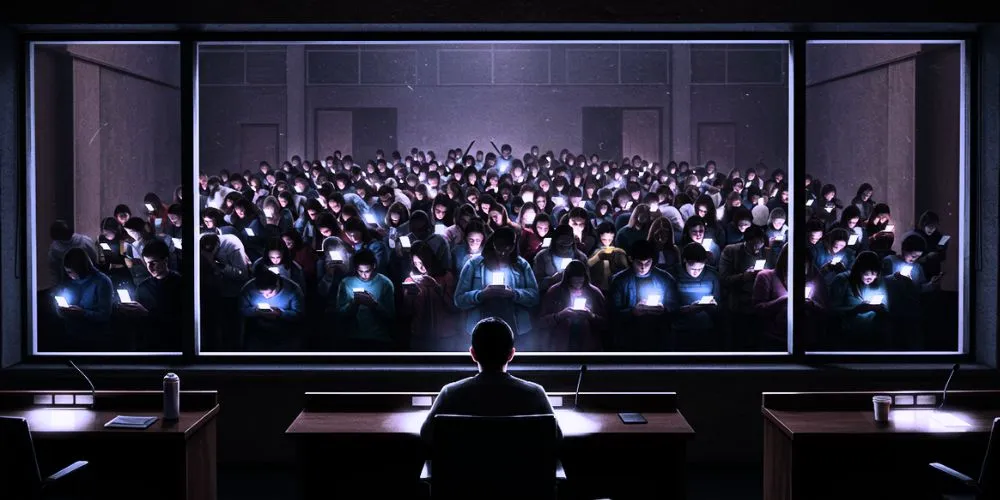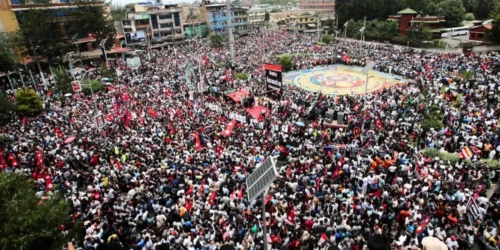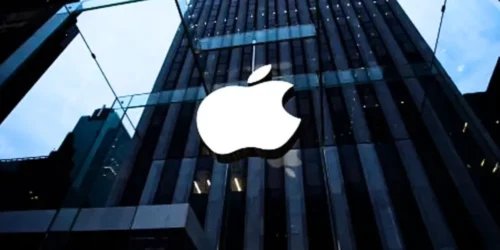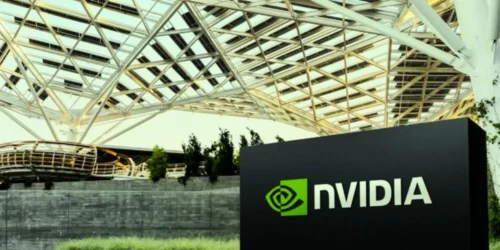Remember the summer of 2020? For a few days, Instagram was a sea of black squares. It was a well-intentioned gesture of solidarity, but what did it accomplish? This is the central problem with modern “slacktivism.” We have confused public performance with meaningful action, trading the hard work of social change for the easy dopamine hit of a righteous post.
Clicks Are Not Change
Sharing an infographic or adding a frame to your profile picture feels like you’re participating in a movement. But this online activism is often a substitute for, rather than a catalyst for, real-world engagement. It creates the illusion of progress while the underlying structures of inequality remain firmly in place.
The Illusion of Awareness
The common defense of online activism is that it “raises awareness.” Awareness of what? For whom? In many cases, these viral campaigns are preaching to the choir, circulating within liberal echo chambers. They rarely change the minds of opponents and often oversimplify complex issues into shareable, but ultimately shallow, soundbites.
The Hard Work Happens Offline
Real social justice work is not glamorous. It’s attending boring city council meetings. It’s volunteering for local community organizations. It’s registering people to vote, phone banking, and having difficult conversations with friends and family. It is the slow, unsexy, and often frustrating work of building power and changing institutions from the ground up.
From Performance to Participation
The danger of performative activism is that it allows us to feel good about ourselves without demanding any real sacrifice of time, money, or comfort. The struggle for justice requires more than just our sentiment; it requires our active participation. It asks us to move beyond the keyboard and tangibly engage with our communities.
Conclusion
Solidarity is important, but it is a starting point, not an end in itself. If your activism begins and ends with a social media post, you are part of the noise, not the solution. It’s time to close the laptop, put down the phone, and find out where the real work is being done in your neighborhood. That is where change happens.













